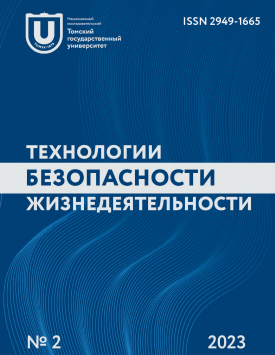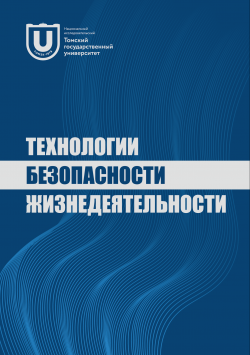Optimal aerodynamic design as an element of safety technology in civil aviation
The article discusses one of the elements of technology that ensures life safety in civil aviation - optimal aerodynamic design, which allows achieving the key aerodynamic characteristics of an aircraft necessary for a guaranteed safe flight in a wide range of changes in its conditions. This method makes it possible to find the optimal shape for the wing-fuselage-engine nacelle configuration, which provides the minimum drag at a fixed lift, taking into account numerous geometric and aerodynamic conditions. The solution of the problem is obtained on the basis of a combination of numerical solutions of the complete Navier-Stokes equations for turbulent flows of a viscous compressible gas with the method of global optimal search based on Genetic Algorithms, taking into account design parameters and design constraints. It is shown that the optimal solution meets all the given restrictions on the shape of the designed aircraft and its aerodynamic properties, has a sufficiently small total drag under given cruising flight conditions. The author declares no conflicts of interests.
Keywords
optimal design, full Navier-Stokes equations, drag coefficient, pitch moment, lift coefficientAuthors
| Name | Organization | |
| PEIGIN PEIGIN S.V. | OPTACONT Ltd | mishpahat_peiguine@yahoo.com |
References

Optimal aerodynamic design as an element of safety technology in civil aviation | Tekhnologii bezopasnosti zhiznedeyatelnosti – Life Safety/Security Technologies. 2023. № 2. DOI: 10.17223/7783494/2/4
